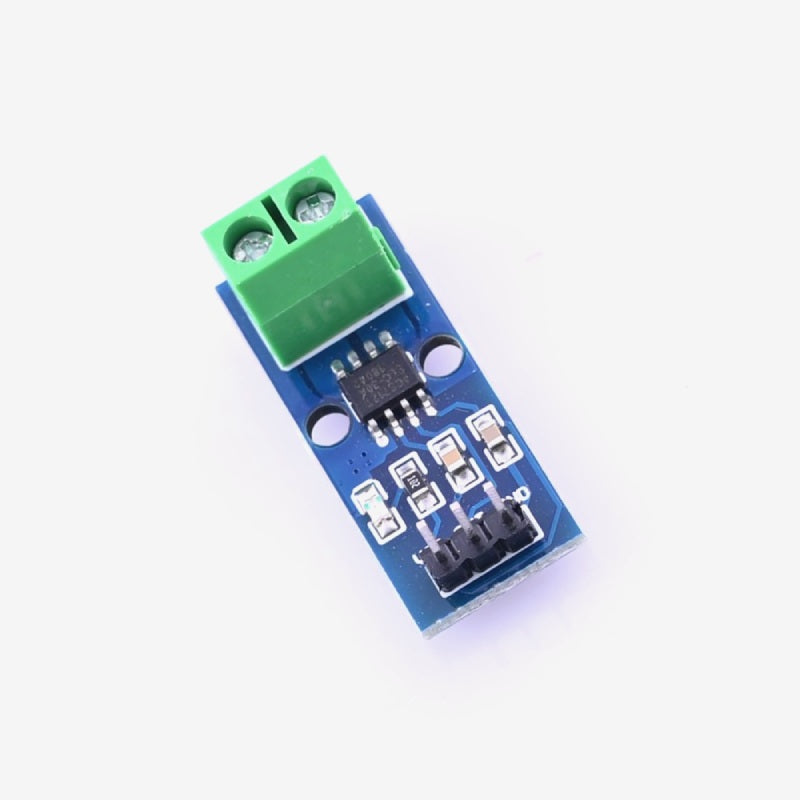Current Sensors: Types, Key Parameters, Performance Comparison, and Common Applications
Types of Current Sensors:
Hall Effect Sensors:
Utilize the Hall effect to measure magnetic field changes caused by current flow.
Non-intrusive and suitable for both AC and DC applications.
Shunt Resistors:
Measure voltage drop across a known resistance to determine current.
Commonly used in high-current applications.
Rogowski Coils:
Employ a coiled conductor to measure AC current.
Provide a compact and flexible design for easier installation.
Key Parameters for Current Sensors:
Accuracy:
Crucial for precise current measurement, expressed as a percentage of the full-scale current.
Bandwidth:
Defines the range of frequencies over which the sensor can accurately measure current.
Isolation:
Important for safety, especially in high-voltage applications, ensuring no electrical contact between the current-carrying conductor and measurement circuit.
Performance Comparison:
Hall Effect Sensors vs. Shunt Resistors:
Hall effect sensors are non-intrusive, making them suitable for applications where disrupting the current flow is undesirable.
Shunt resistors offer high accuracy but may cause a voltage drop affecting the overall system.
Rogowski Coils vs. Hall Effect Sensors:
Rogowski coils excel in measuring AC currents, providing a solution for applications with rapidly changing current waveforms.
Hall effect sensors are versatile but may have limitations in accurately capturing fast-changing currents.
Common Applications:
Industrial Automation:
Current sensors are used to monitor and control motors, ensuring efficient and safe operation.
Power Supplies:
In power electronics, current sensors play a vital role in regulating and protecting circuits.
Renewable Energy Systems:
Current sensors help optimize the performance of solar inverters and wind turbines by monitoring power generation.
Electric Vehicles:
Critical for monitoring battery and motor currents, ensuring the safe and efficient operation of electric vehicles.
In summary, selecting the appropriate current sensor depends on the specific application requirements, considering factors such as accuracy, bandwidth, and isolation. Each type of sensor has its advantages and limitations, making it essential to choose the one that best suits the intended use case.

Comments
Post a Comment